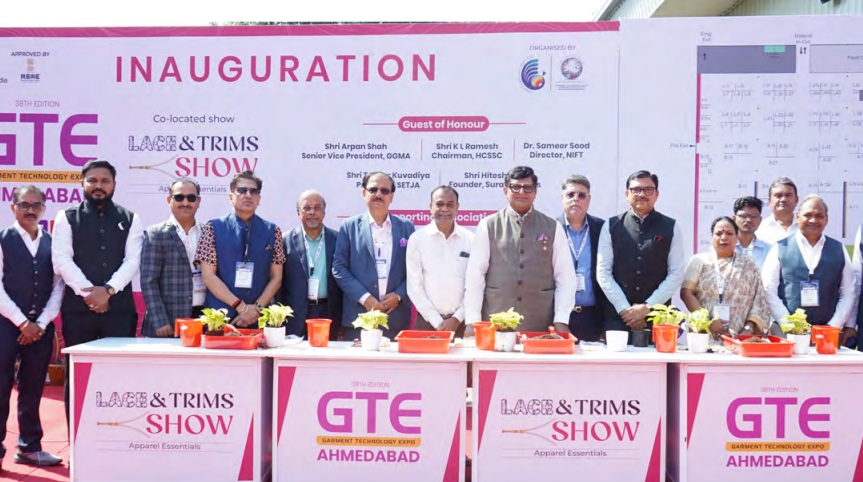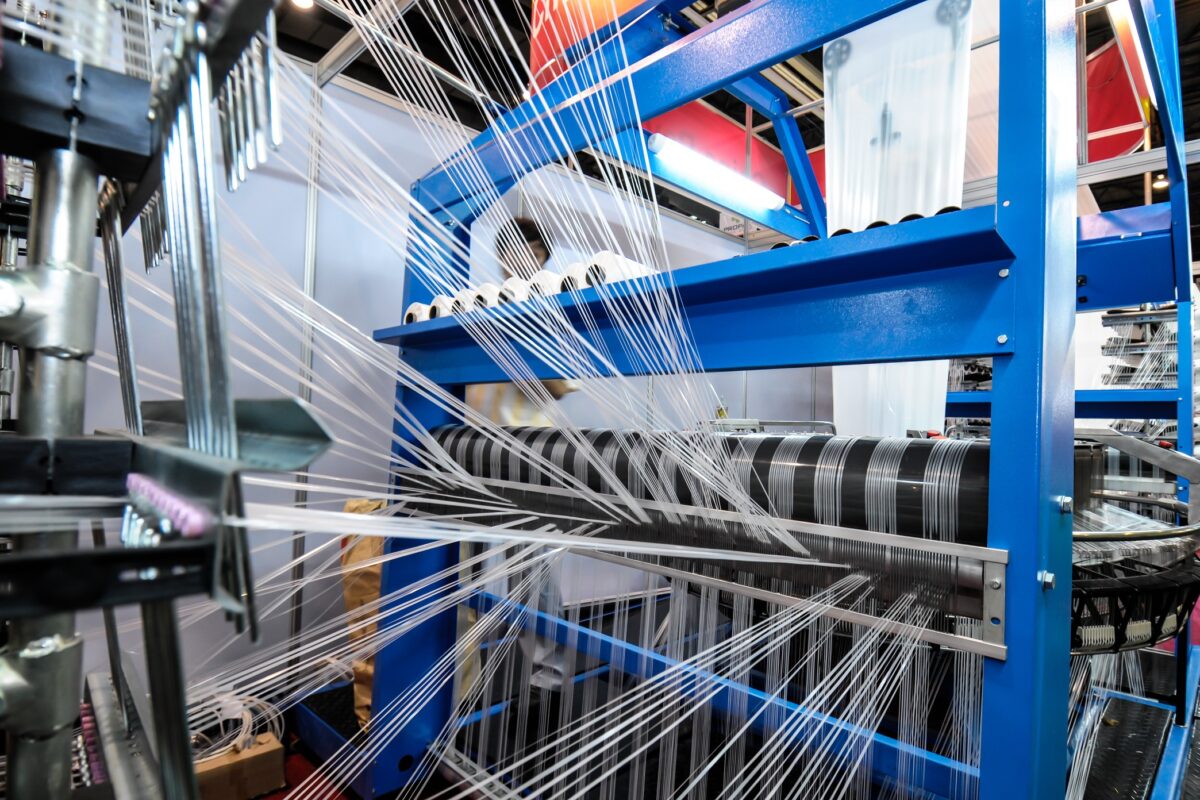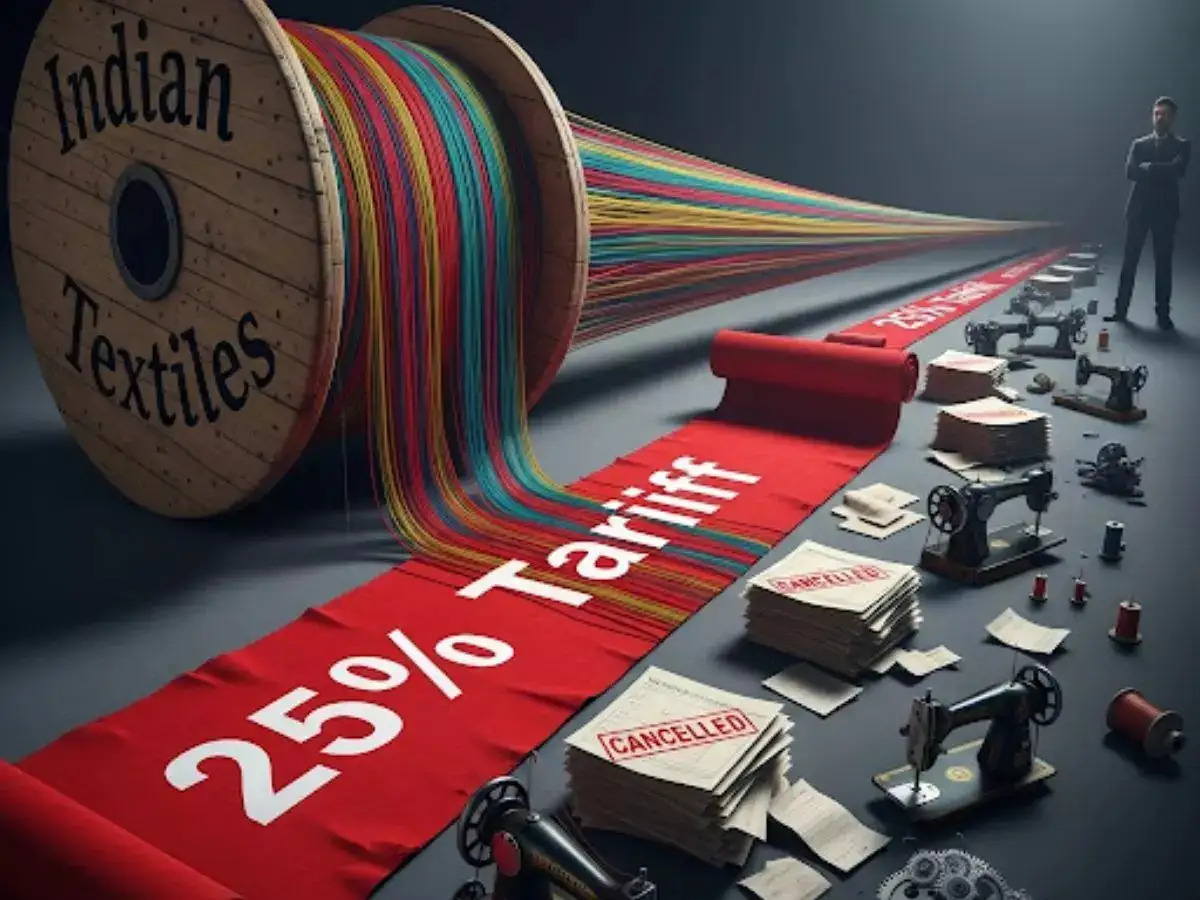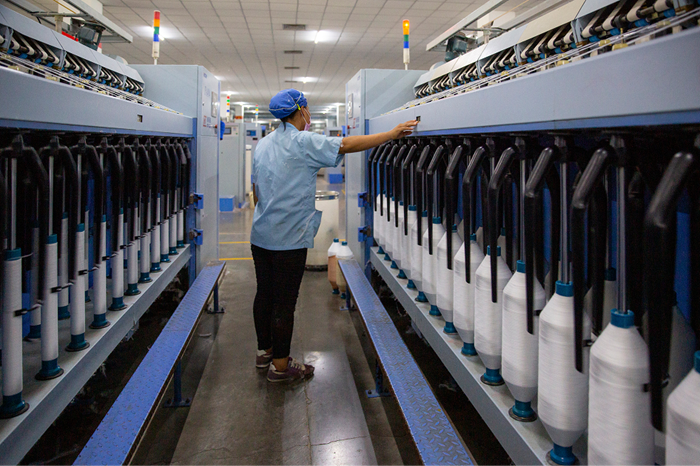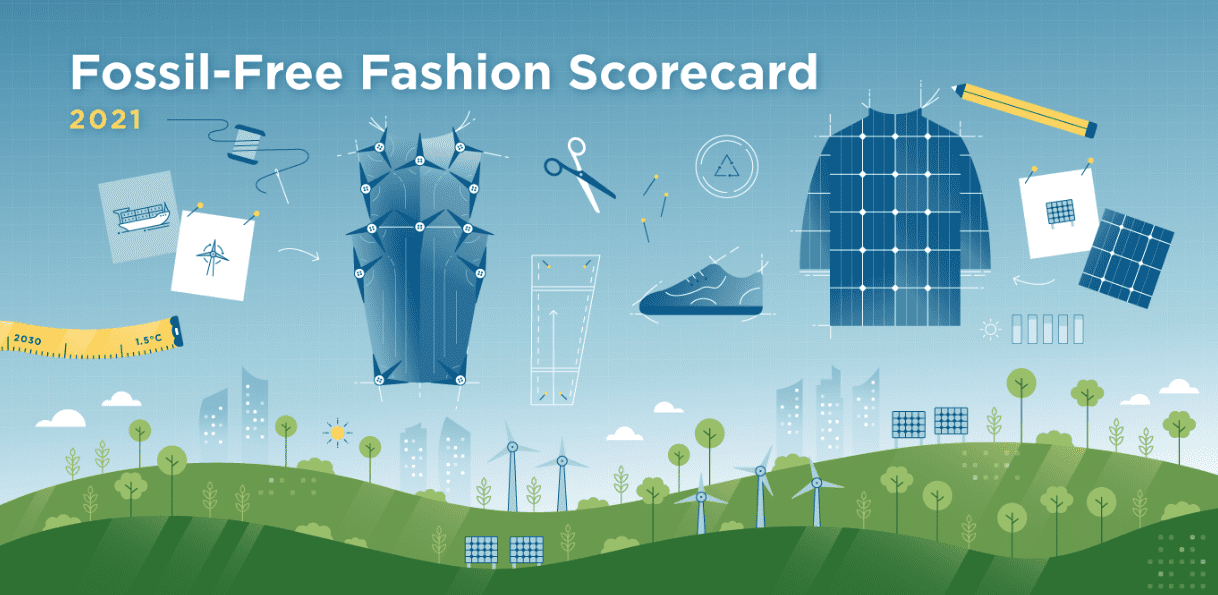
On October 29 and 30, the marble halls of Cipriani South Street became the nerve center of a global fashion industry at an inflection point. At the annual ‘WWD Apparel & Retail CEO Summit’, executives from the world’s most influential brands gathered against a backdrop of economic volatility, geopolitical disruptions, and the relentless acceleration of technology. This year’s theme: The Power of Resilience, was less a slogan and more a survival blueprint.
Across two days of rigorous discussions and a star-studded Honors gala, one message rose above the rest: the fashion industry must shed old operating systems and embrace a future defined by data intelligence, AI-powered agility, and a reinvention of corporate culture.
Fashion’s reckoning with redundant data
If there was one topic that dominated the summit, it was the silent yet staggering cost of inefficient data management. In the keynote, ‘Escape the Data Trap’, executives confronted an industry-wide problem that has long been hidden in plain sight: the massive duplication of product information.
Research presented at the summit revealed that nearly 89 per cent of product data across brands is identical a redundancy that collectively drains over $100 billion annually through repeated formatting, cleansing, and manual entry. Executives described this not as an IT issue, but a structural roadblock to creativity and growth. “Agility isn't just fast fulfilment, it’s freeing teams from data drudgery so they can make decisions that matter,” one leader said, distilling the urgency of the moment. In a business that prizes speed, personalization, and trend responsiveness, the industry can no longer afford a back-end clogged with copy-and-paste inefficiencies.
From hype cycle to hard ROI
While technology has long been a buzzword at CEO summits, this year marked a turning point. The conversations around generative AI shifted from possibility to profitability. Oz Saar, Chief Innovation Officer at Steve Madden, outlined a near-future where generative AI will sit at the core of product development, forecasting, and supply chain orchestration. According to projections shared at the summit, AI adoption in retail, currently in the single digits is expected to grow to nearly 50 per cent by 2030.
This is not theoretical optimism. Retailers are already using AI to shorten design cycles from months to days; reduce supply chain forecasting errors; automate SKU-level decision-making; personalize consumer journeys at scale
The takeaway was unequivocal: brands that treat AI as an optional tool will fall behind; those that treat it as a strategic co-pilot will define the next decade of retail profitability.
Culture as the ultimate shock absorber
If data and AI dominated the daytime sessions, the evening conversations turned toward the less tangible but equally critical pillar of resilience: corporate culture. Executives from Neiman Marcus Group emphasized a guiding philosophy of ‘leading with love’, a surprisingly human-centric mantra in a luxury sector fighting headwinds. For them, resilience is not just financial stamina; it's emotional intelligence, empathy, and internal trust.
Meanwhile, e.l.f. Cosmetics shared how its culture of “healthy conflict and accountability” paired with issuing equity to every employee has created a workforce where ownership is literal, not metaphorical. The brand’s meteoric rise, executives argued, is inseparable from the cultural fabric behind it. The summit made clear that in an industry shaped by macro disruptions, culture is no longer soft strategy, it is infrastructure.
Leadership on the frontlines
The summit’s roster of speakers read like a who’s who of modern retail influence, each offering a window into the frontline challenges of brand reinvention. In the session ‘Reinventing an American Icon’, Richard Dickson detailed his ongoing mission to revive Gap Inc. It is, at its heart, an exercise in disciplined simplification cutting noise, sharpening brand identity, and rediscovering the authenticity that once made the label a cultural symbol. His message resonated with an industry grappling with the burden of heritage in a hyper-modern world: reinvention begins with clarity. In Forging a Resilient Future’, PVH Corp. CEO Stefan Larsson and Narvar CEO Anisa Kumar argued that supply chain transparency and post-purchase experiences now carry as much weight in consumer loyalty as product design. As customers grow more informed, the end-to-end brand experience becomes a critical differentiator.
Founders Margaret and Katherine Kleveland of the Californian label Dôen, loved for its mission-driven ethos shared the unique balancing act of scaling a boutique brand without diluting its values. Their session, ‘Testing the Limits’ underscored how creative integrity and operational rigor must move in lockstep.
In ‘Navigating Opportunities in Fashion’ designer Narciso Rodriguez offered a perspective on creative endurance. Against the churn of micro-trends and social media cycles, he argued that the only viable path for designers is to protect their creative core while adapting to technology-driven change.
The summit culminated with the annual Honors gala a celebration not just of commercial achievement, but of leadership that models resilience. The prestigious John B. Fairchild Honor went to Brunello Cucinelli, the Italian designer whose luxury empire is built on craftsmanship, human dignity, and a philosophy of ‘humanistic capitalism’. It was a recognition of a business that has consistently defied industry turbulence.
Other honorees included: Fran Horowitz, CEO, Abercrombie & Fitch; Tory Burch, Executive Chairman & CCO; Todd Snyder, Founder & President; Naiomi Glasses, Artist-in-Residence, Polo Ralph Lauren; Luxury houses Bulgari and Boucheron; digital native disruptor Bubble Skincare; design-led brand Dôen. Collectively, the honorees represented a cross-section of the industry’s future craftsmanship, creativity, cultural relevance, and digital-native agility.



